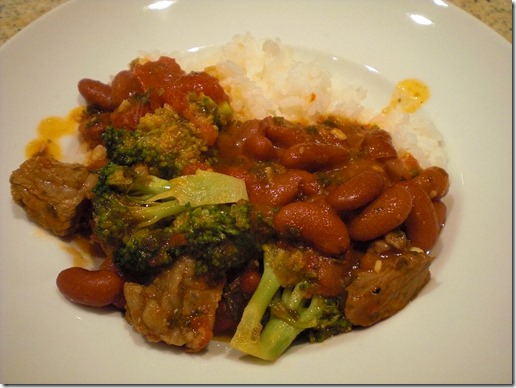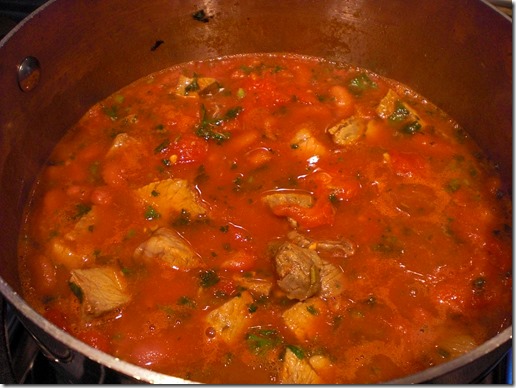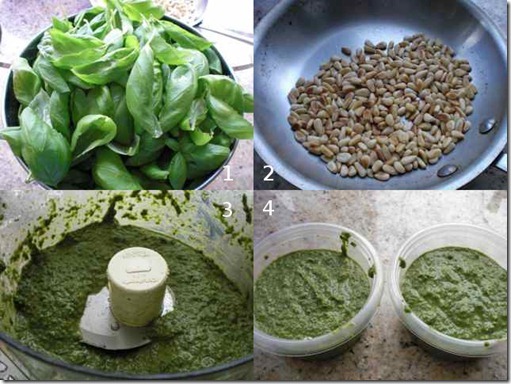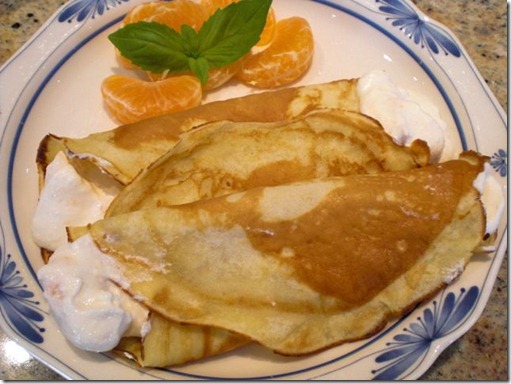
In saying this I am probably dating myself but this recipe is based on the one in Graham Kerr’s Mini-max cookbook. This is a very quick and simple dish using leftover and canned items but, it is quite good.
Ingredients for generous two servings:
Cooked lamb, about 1 lb (cut into bite sized chunks)
Garlic (2 fat cloves, finely chopped)
Olive oil (1 tbs) plus dash of dark roasted sesame oil
Parsley, stalk and leaves finely chopped (4 sprigs)
Kidney beans,(15 oz can, drained and washed)
Stewed whole plum tomato (12 oz can, drained and crushed by hand)
V8 juice (or tomato juice, two 5.5oz cans))
Ketchup (2 tbs)
Black pepper (to taste)
Broccoli florets (about 1 cup, separated)
I first put the olive and sesame oil in the pot and sautéed the garlic on medium low heat. When the garlic became fragrant but not browned, I added the chopped parsley and stirred for one more minute. I then moved the garlic and parsley to one side of the pan and added the ketchup to the empty part of the pan. I cooked the ketchup, occasionally stirring it until it became darkened. (Carmelizing the ketchup is one of the secrets of this recipe. It really givens it an added dimension). I then added the cooked lamb, kidney beans, tomato, and V8 juice. I mixed well, put the lid on and simmered for 30 minutes (below). Just 5 minutes before serving, I added florets of broccoli (submerged into the stew) and cooked until the broccoli was just done. Ketchup and V8 juice have enough saltiness but taste and, if needed, adjust the seasonings including cracked black pepper to taste.

The original recipe calls for adding arrowroot slurry at the end but I did not bother. I served this with white rice (the original recipe calls for turmeric rice which looks nice with yellow color but I am not sure if it really contributes to the taste).
This is a very comforting dish to end your evening and goes perfectly well with red wine such as good Syrah or Cab.














